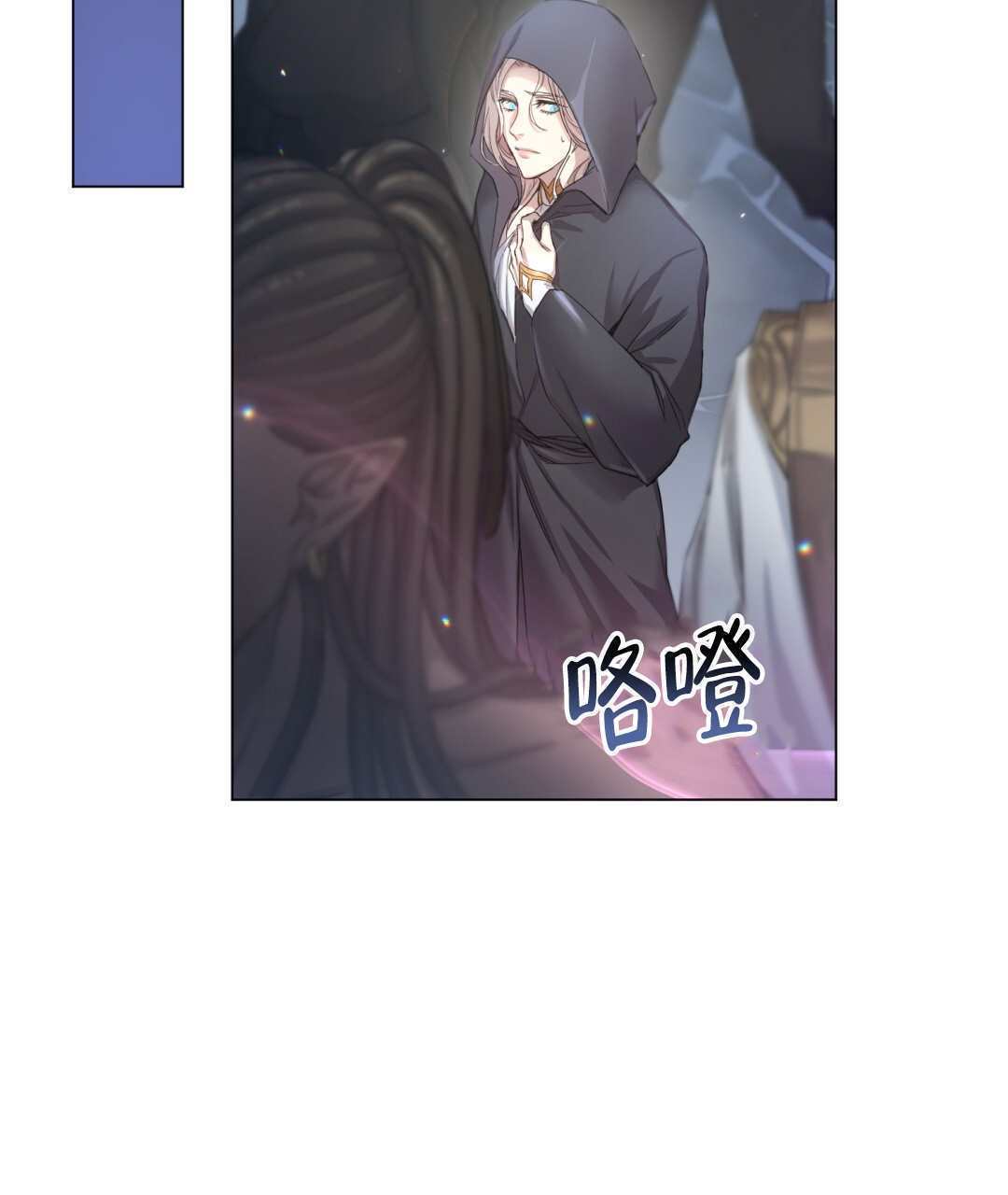仁爱版七年级英语下册unit5 Topic3单词mp3及知识梳理
01 Unit6 topic1单词(音标)
beautiful
adj.美丽的
[bjuːtəfəl]
garden
n. 花园
[gɑːdn]
bedroom
n.卧室
[bedrʊm]
second
num.&adv.第二
[sekənd]
floor
n.楼层;地板
[flɔː]
and so on
等等
upstairs
adv.在(或向)楼上
[ʌpsteəz]
kitchen
n.厨房
[kɪtʃɪn]
dining room
餐厅
living room
客厅;起居室
bathroom
n.浴室,洗手间
[ˈbɑːθruːm]
first
num.&adv.第一
[fɜːst]
lamp
n.灯
[læmp]
clock
n.钟
[klɒk]
near
prep.在…附近adv.在附近 aaj.近的
[nɪə]
under
prep在…下面;少于
[ʌndə]
chair
n.椅子
[tʃeə]
behind
prep.(表示位置)在……后面
[bɪhaɪnd]
front
n.前面;前部 adj.前面的;前部的
[frʌnt]
in front of
在……前面
guitar
n.吉他
[ɡɪˈtɑː]
window
n.窗户
[wɪndəʊ]
table
n.桌子;表格
[teɪbl]
key
n.钥匙;关键
[kiː]
put
v.放
[pʊt]
away
adv.离开
[əweɪ]
put away
将……收起
door
n.门
[dɔː]
look after
照顾
[lʊk//ɑːftə]
thing
n.东西;事情
[θɪŋ]
center
n.中心
[ˈsentə]
in the center of
在……中心
yard
n.院子
[jɑːd]
flower
n.花
[flaʊə]
house
n.房子,住宅
[haʊs]
large
adj.大的,巨大的
[lɑːdʒ]
left
n.左,左边; adv.向左; adj.左边的
[left]
model
n.模型;模特儿
[ˈmɒdl]
only
adv.仅仅,只有adj.仅有的,唯一的
[əʊnli]
03 Unit6 Topic1 知识梳理
重点短语:
Why not… =Why don’t you…
go upstairs上楼
go downstairs下楼
A moment later一会以后
study n.书房 v.学习
in the front of the house
在屋子(里面的)前面in front of the house
在屋子(外面的)前面talk about+n/v-ing谈论,议论,讨论某事
talk with sb. 与某人交谈
put them away 把他们收拾好
Look after = take care of照顾
play with sb. “与某人一起玩”
in the tree(外物附着)在树上
on the tree 树本身长出来的花,树叶等
on the wall在墙上
in the wall 在墙里
on the river浮在水面上
over the river 在河上(悬空)
tell sb about sth告诉某人关于某事
tell sb to do sth 让某人做某事
tell sb sth告诉某人某事want to do sth.想要做某事
重点句型:
1. There are two bedrooms and a small study.
有两张床和一个小的书房。
2. There is a lamp, a computer, some books and so on.有一个台灯,一个电脑,一些书等等。
3.— Is there a computer in your study?在你的书房有一台电脑吗?
—Yes, there is.是的,有。
4. Dont put them here. Put them away.不要把他们放这儿,把他们收拾起来
5. There are many beautiful flowers in the garden, but there aren’t any trees in it.
花园里有许多漂亮的花,但是却没有树。重点语法:
There be 句型
“there be”句型速记
一、速记口诀
there be句型有特点,主语放在 be 后面;
单数主语用 is,复数用 are记心间①;
多个主语并列时,就近原则是关键②。
变否定,很简单,be 后要把not 添;
疑问句也不难,把 be 提到there 前③。
肯定句中用 some,否定、疑问any换④。
二、口诀解读
①There be句型的基本结构为“There be+主语(某人或某物)+地点(副词或介词短语)”,表示“某地存在某人(或某物)”,因此也叫“存在句”。当主语是不可数名词或单数名词时,be用is;当主语是复数时,be用are。
There is a ruler on the desk.书桌上有一把尺。
There are four apples on the tree.
(长在树上)树上有四个苹果。
②当主语是两个或两个以上的名词时,谓语动词的数要与离它最近的名词的数一致,即采用“临近原则”。
There is an orange and some bananas in the basket.
=There are some bananas and an orange in the basket.
篮子里有一个橘子和一些香蕉。
③其否定句是在be后加n ot。一般疑问句是将be提到句首,句末变问号。
肯定回答用:Yes, there is/are.;
否定回答用No, there isn’t/aren’t.
e.g. There are some pictures on the wall.
→There aren’t anypictures on the wall.
→Are there any pictures on the wall?
There is a bike behind the tree.
→There isn’t a bikebehind the tree.
→Is there a bike behind the tree?
④在肯定句中常用some,但在变为否定句或疑问句时,要把some改为any。
There are some fish in the water.
→Are there any fish in the water?

三、特别提醒
1. “What’s +表地点的介词短语”用there be句型来回答。在问的时候,be用is,而回答时,要视实际情况而选用is或are。
—What’s on thedesk? 桌子上有什么?
—There are 5 eggs. 有5个鸡蛋。
2. 有时为了突出或强调地点状语,也可把表地点的介词短语放在前面,后面加逗号。
Under the table there is a cat.在桌下有一只猫。











